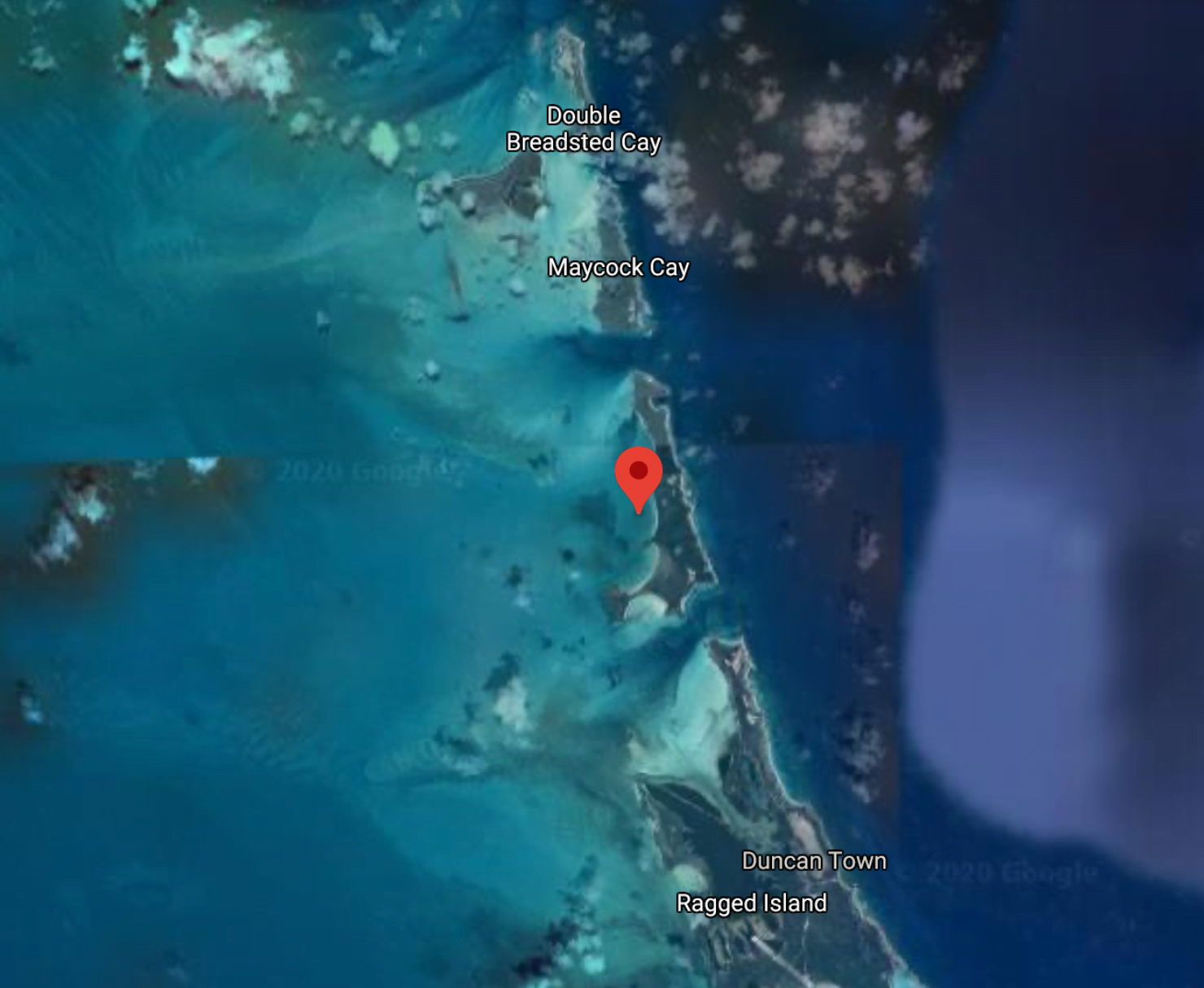NASSAU, BAHAMAS — TERN gallery’s new photographic exhibition “The Other Side Of The Pentaprism: Six Photographers In Conversation” opened yesterday.
The works of six female contemporary artists from the Caribbean: Tamika Galanis, Melissa Alcena, Jodi Minnis, Tiffany Smith, Leanne Russell and Lynn Parotti, are on view until October 30th, 2021.

(Courtesy of TERN)
A key tool in photography, the pentaprism is a five-faced reflective surface that refracts light at a 90-degree angle. This type of prism is used in a traditional single-lens reflex camera, re-inverting the image in the viewfinder that is sent to the eye by the camera’s lens. Hence, the image that is received by your brain has been transformed in order to deliver you a version of “reality.” Simply put, a pentaprism “corrects” the inverted image caused by the camera’s lens—without the pentaprism, the viewfinder would display an upside-down world.
While mirrors purport to display veracity, they are also capable of manipulation, through angles or flaws, yet still are credited with mediating the “unvarnished truth.” In photographs, subjects can be arranged “naturally,” while specific lighting, make-up, or constructed and considered poses may mimic authenticity, creating a narrative sold as truth while it actually distorts.
In Lewis Carroll’s “Through the Looking Glass,” Alice traverses the reflective plane to discover a topsy-turvy world where everything is reversed, including logic itself. But what if the “other side” were, in fact, the natural order? What if our side—the constructed world around us—is the “alternate reality” that has been fabricated to appear “normal”? What if the odd, inverted or strange is in fact the world we seek?
The Other Side Of The Pentaprism (re-)mirrors a vision of the Caribbean as it is but seldom is seen. The six artists in this show are the pentaprism, filtering their gaze through their creative vision. Revealing a different universe while questioning the “real” one in which we inhabit, the exhibition upsets the narratives and histories many of us have been taught, showing that the norms and status quo are truly mad. Is it not our accepted world that is illogical? A world where the homes of the enslavers are venerated while those of the enslaved are forgotten, where women are valued only for their ability to serve or bear children, and where histories are unwritten. These artists present us rather with a world where people exist as more than props within a fabricated backdrop.
As artists of the Caribbean and its diaspora, these women project their own value system, tackling common threads in their work but in entirely unique ways. Tamika Galanis and Melissa Alcena desire to reveal the humanity and personhood of each subject, escaping from the tendency of traditional historical, archival, or anthropological images that dehumanize and make anonymous and unknowable; Galanis literally returns the names of her agents and actors while Alcena reframes Black manhood and womanhood in an entirely new light.

Jodi Minnis and Tiffany Smith take on the tropes around Black—and specifically Caribbean—womanhood and confront them head-on, exaggerating the inherent tendency to exoticize to reveal its superficiality. Leanne Russell and Lynn Parotti use architecture to speak to the impracticable and unreasonable cycle of destruction and regeneration, of worth and disregard, whereby we rebuild on ruins and expect tenable and robust results. And not only do we mean the literal, structural wreckage, but also the metaphorical wreckage of a people who must consistently display strength and resilience before they have been able to recover from historical and contemporary traumas.
Taking us through the glass and to the other side of the pentaprism, Galanis, Alcena, Minnis, Smith, Russell, and Parotti are pulling back the curtain to a strange stage. There, perhaps a healthier and more equitable conversation around the agency and value of Caribbean people might be found and held.


















